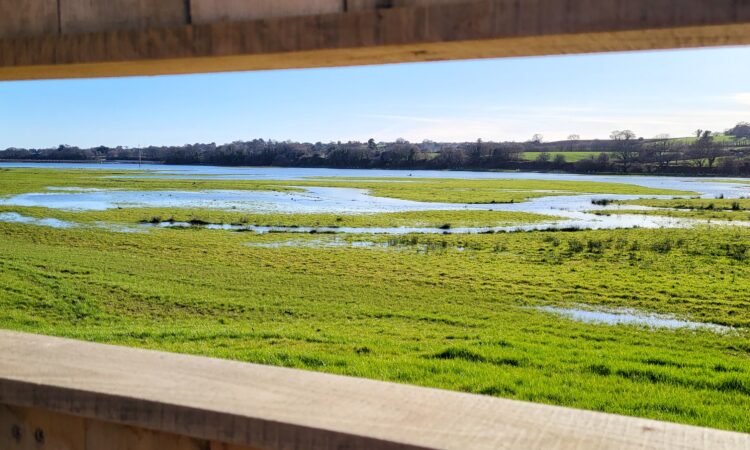
PACCo has published an extensive practical guide to act as a transferrable tool and methodology for other estuarine locations in need of urgent climate adaptation.
The guide, published in March 2023, is aimed at policymakers, stakeholders and anyone interested in finding out exactly how the project was developed and implemented from conception to completion.
This is an important milestone for the project, and one that will leave a lasting legacy to inspire and empower others to proactively and collaboratively adapt to the shared challenges of climate change through a mix of methods and more natural solutions to the benefit of communities, wildlife and the environment.
To share learning from coastal adaptation projects at an international scale is vital to ensure that good practice is adopted, we learn from mistakes, and can start to transition from pilot projects to wider application.
PACCo part-funded a blend of research-based activities, studies and construction work, which are summarised in the newly published guide.
What did the project involve?
The project delivered a variety of activities, which formed part of both estuaries’ climate change adaptation strategies, this included:
- Communicating about climate change and raising awareness
- Protecting and restoring lost intertidal habitats in two estuaries
- Relocating businesses and amenities to areas at lower risk of flooding
- Developing resilient design for new infrastructure
What can the guide teach me?
The purpose of the guide is to show that pre-emptive climate change adaptation is possible by detailing how we have delivered two flagship adaptation projects in the Saâne Valley in Normandy, France and the Lower Otter Valley in Devon, UK.
The guide covers a wide range of topics, tips and best practice such as:
- Engagement
- Communication
- Funding and natural capital
- Design and construction
- Risk management
- Monitoring
- Legacy infrastructure
- Lessons learnt – both good and bad
Where can I access the guide?
The guide can be found on the ‘Downloads’ page of the website here, as well as a high-level summary of the guide here.
A wide range of other useful and supporting resources can also be found on this page including:
- Educational resources
- Newsletters
- Science reports
- Videos




